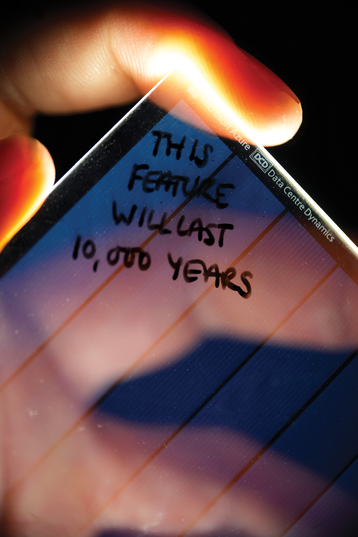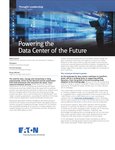Microsoft Research Cambridge has begun "inventing and prototyping the next generation of cloud storage systems."
The group previously developed Project Silica, an archival data storage system of laser-inscribed glass that can live up to 10,000 years.
In a previously unreported job listing, the research group said that it was "now turning [its] eye beyond just archival storage to 'hotter' data."
It continues: "Recent advances in machine learning/AI have fundamentally changed the scope of what is possible in many fields including materials discovery, scientific simulation, signal processing, and beyond.
"We are building on all these recent advances to rethink what storage devices for online cloud data should be in the era of power-constrained data centers, when the demand and need for low-cost, sustainable storage have never been greater."
As part of this, the research group says that it is going further down the stack, to "innovate at the layer of the media and how information is written to & read from it."
The project will require "inventing new research methods" to rapidly evaluate how physics-level changes would translate into storage system-level impact on key metrics. Clean-slate system design also includes tackling the more “traditional” areas of storage research - workload characterization, scheduling, data placement, error/erasure."
Earlier this year, DCD extensively profiled Project Silica, and Microsoft's efforts to revolutionize long-term archival storage. It has yet to be commercialized, but is set to be rolled out on Microsoft Azure.
Project lead Richard Black previously worked on 'Pelican,' a Microsoft effort to create the lowest-cost hard drive storage array possible.







